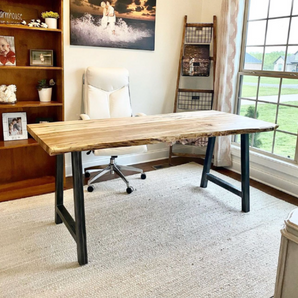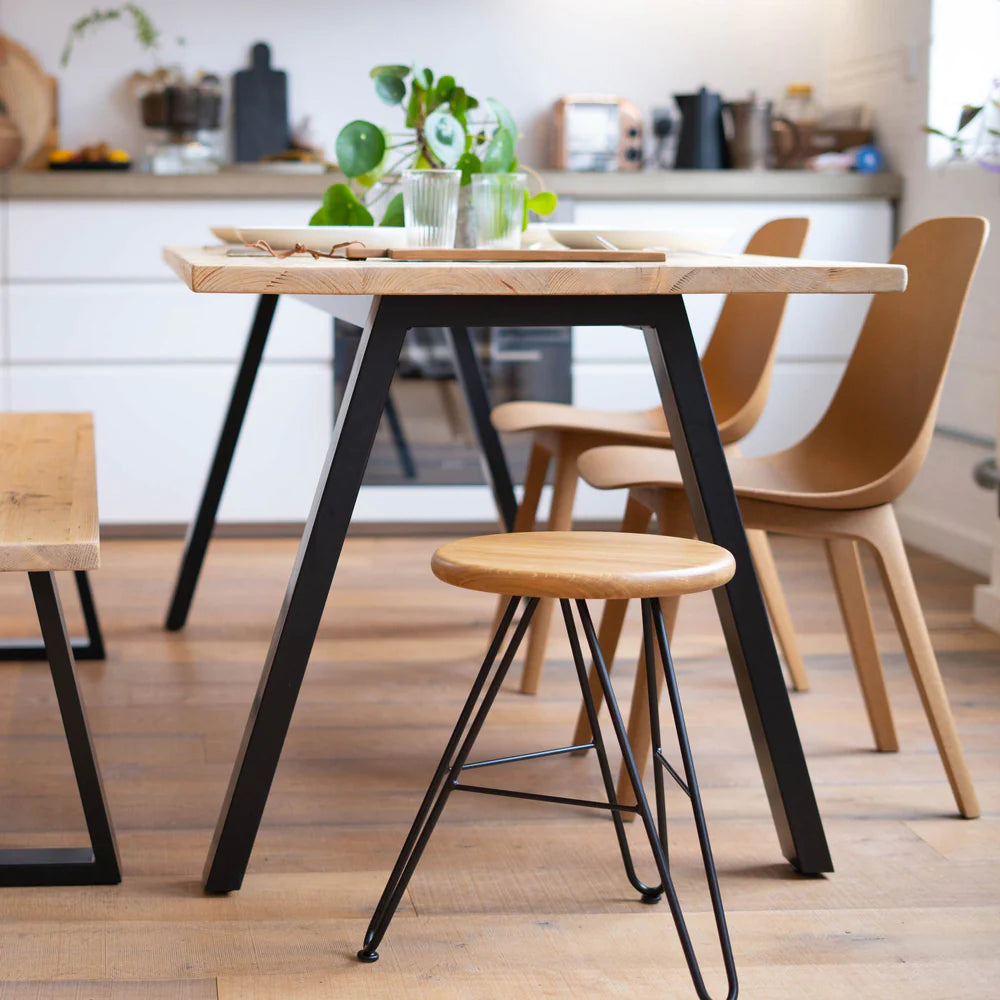Dining Room Table Legs: What to Consider Prior To You Get
Picking the Perfect Dining Table: What Styles Work Best for Your Home?
Picking the suitable dining table for your home can be a nuanced process that stabilizes aesthetic appeals and performance. To browse these selections efficiently and find a table that genuinely enhances your home, take into consideration the adhering to elements in detail.
Evaluating Your Space
Examining the dimensions and design of your dining area is a vital initial step in selecting the best eating table. Begin by measuring the length and size of the space, accounting for entrances, home windows, and other architectural features that could influence table positioning. This makes certain that your table not just fits yet additionally enables comfy activity around it.
Consider the number of individuals you generally delight. A table must suit your family's day-to-day requirements while offering adequate adaptability for periodic visitors. Generally of thumb, designate at the very least 24 inches of table width each to ensure a comfy eating experience.
It's likewise essential to preserve ideal clearance around the table. Preferably, there need to go to least 36 inches between the table edge and wall surfaces or other furnishings, making it possible for very easy accessibility and activity. For areas where chairs with arms or added storage space systems like buffets are entailed, raising this clearance to 48 inches is a good idea.
Lighting and atmosphere play significant roles. Make sure that your dining table lines up with existing illumination fixtures or plan for sufficient illumination options. This thorough spatial evaluation guarantees that your dining table not just fits physically however additionally integrates with your space's overall capability and visual.
Popular Table Styles

Conventional eating tables typically feature elaborate information, rounded legs, and rich timber finishes, evoking a sense of timeless style. They are excellent for homes with classic decoration or those wanting to include a touch of sophistication to their eating area.
Modern dining tables focus on simpleness and clean lines, typically incorporating products like glass and steel. These tables are optimal for modern rooms, offering a sleek and uncluttered appearance that enhances minimalist style philosophies.
Rustic dining tables, on the other hand, stress all-natural materials and a handmade look - dining room table legs. They typically feature reclaimed wood and a distressed surface, producing a warm and welcoming atmosphere. These tables work well in farmhouse-style homes or those seeking a relaxing, organic feeling
Industrial eating tables combine basic materials such as metal and timber, typically showcasing an utilitarian visual. This design is well-suited for lofts or city areas, adding a touch of sturdy appeal and resilience to the dining experience.
Each style supplies distinct benefits, making it important to choose one that aligns with your home's general layout and your personal preferences.
Material Selections
When picking a table, the option of product plays an important role in identifying both the table's visual appeals and functionality. Timber, steel, glass, and composite materials each deal unique benefits and challenges, making it vital to line up the material with your home's design and lifestyle requirements.
Timber is a timeless and functional choice, readily available in ranges such as oak, walnut, and mahogany. Recognized for its longevity and warmth, timber enhances both traditional and contemporary insides. Nonetheless, it requires routine maintenance to avoid scratches and warping.
Metal tables, frequently crafted from stainless-steel, aluminum, or wrought iron, are praised for their modern-day allure and robustness. They are particularly matched for commercial or minimalist settings yet can be susceptible to damages and might really feel chilly to the touch.
Glass eating tables bring an air of beauty and openness, suitable for smaller areas as they create an illusion of more space. While simple to tidy, glass can be vulnerable to spots and calls for mindful taking care of to avoid chips and fractures.
Composite materials, such as MDF and plywood, offer affordable and customizable options, though they may lack the long life of all-natural materials. Selecting the ideal product ensures your table is both a functional asset and a visual joy.
Sizes And Shape Considerations
After identifying the suitable material for your eating table, the next consideration is picking the ideal shape and dimension to suit your space. Conversely, rounded tables cultivate a sense of affection and are excellent for smaller eating locations, urging discussion by eliminating corners and making everyone top article feel equally consisted of.
As a guideline of thumb, designate at the very least 24 inches of table width per individual to guarantee comfy dining. In addition, consider the table's clearance room: there must be at least 36 inches between the table side and the wall surfaces or other furnishings. Prolonging tables provide adaptability if you often organize larger gatherings, providing added seats when required without occupying additional room daily.
Matching Your Style
Picking an eating table that integrates with your existing decor is essential in developing a cohesive and inviting space. A smooth, minimalist table with tidy lines is suitable for a modern-day home, while a vintage, luxuriant table fits a more typical setup.
Shade get redirected here and material are similarly substantial. If your style features warm tones and natural materials, take into consideration a wood table to improve the organic feeling. On the other hand, a glass or steel table may be more appropriate in a space dominated by amazing shades and commercial aspects. Take notice of the finish, as it should mirror various other furnishings and components to preserve harmony.
Texture plays a crucial duty. A rough-hewn, redeemed timber table can add character to a rustic space, while a polished marble surface can raise a luxurious article source dining location. Finally, take into consideration the range and percentage of the table in relation to the area size and existing furniture. A well-matched dining table not just enhances visual charm but likewise improves the general eating experience.

Verdict
Picking the excellent eating table necessitates mindful consideration of area, design, products, form, and size. Typical tables complement traditional interiors with abundant timber coatings, while contemporary tables fit contemporary settings through glass and metal.